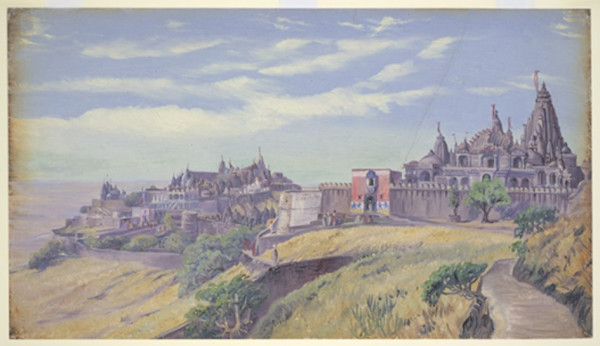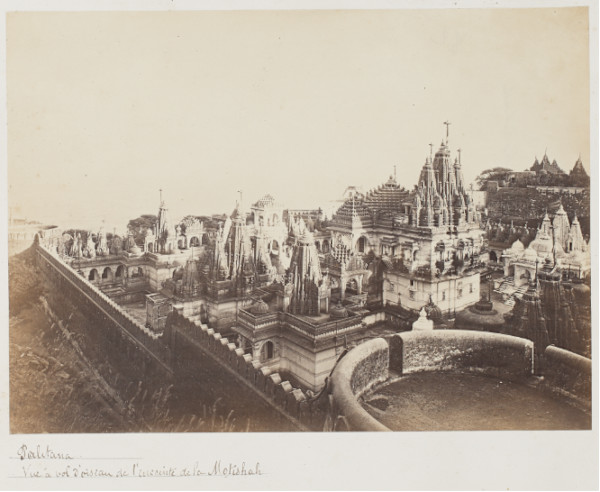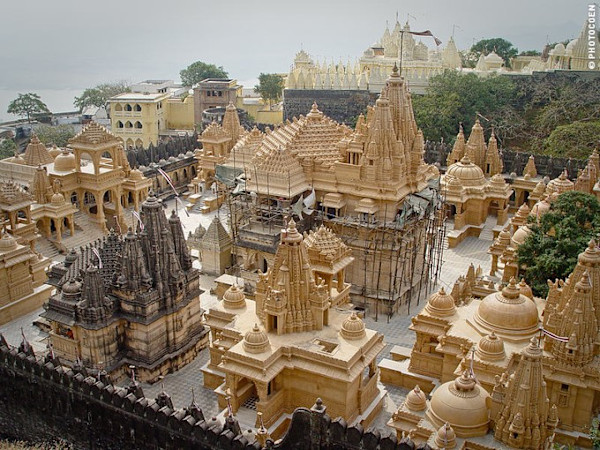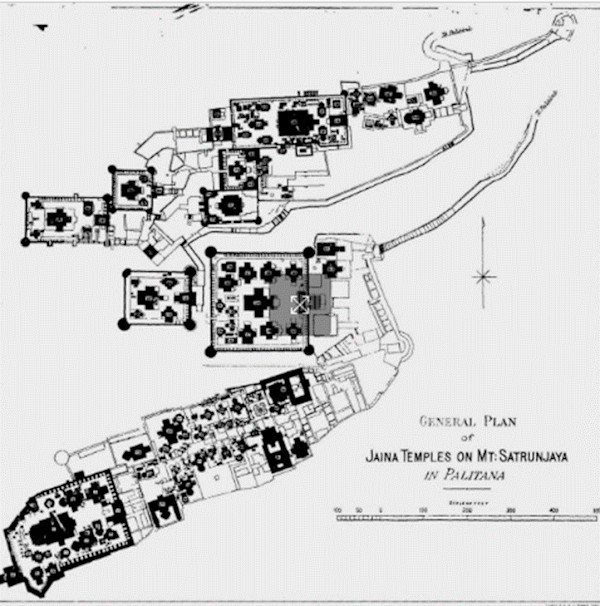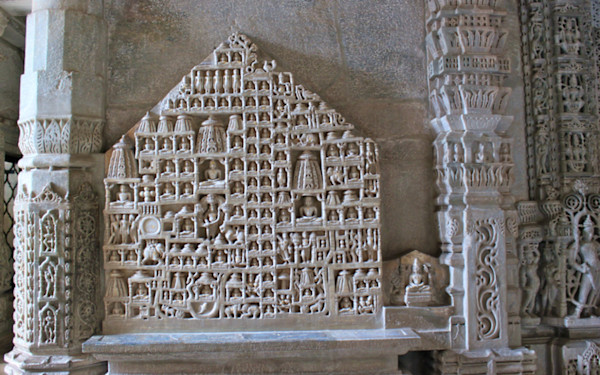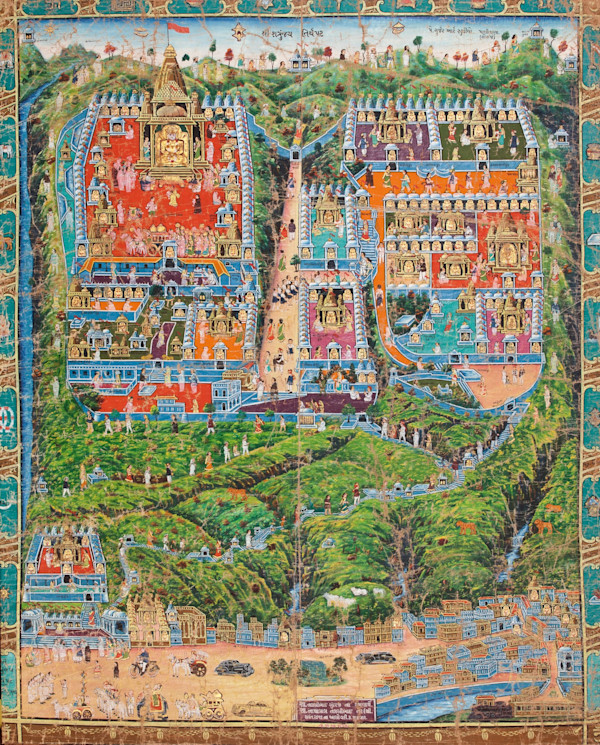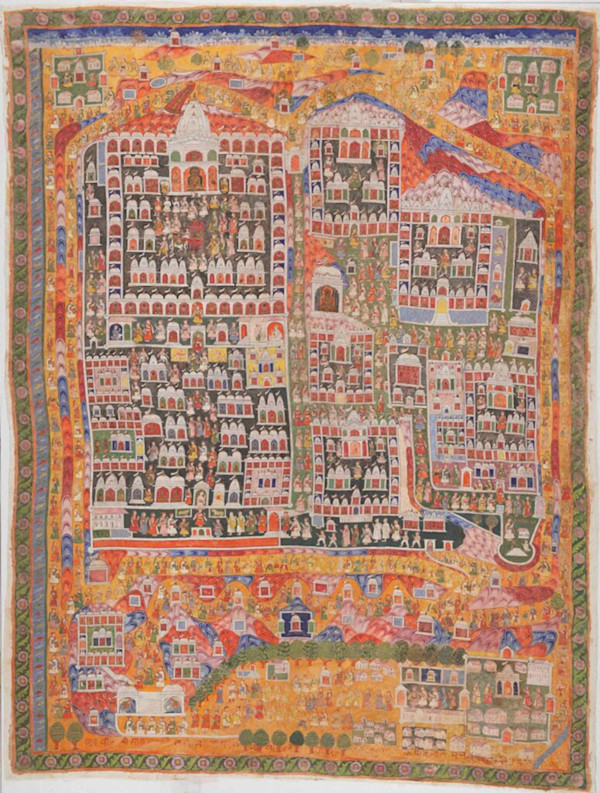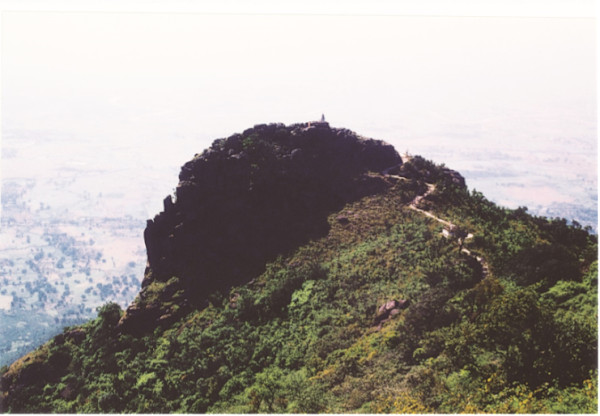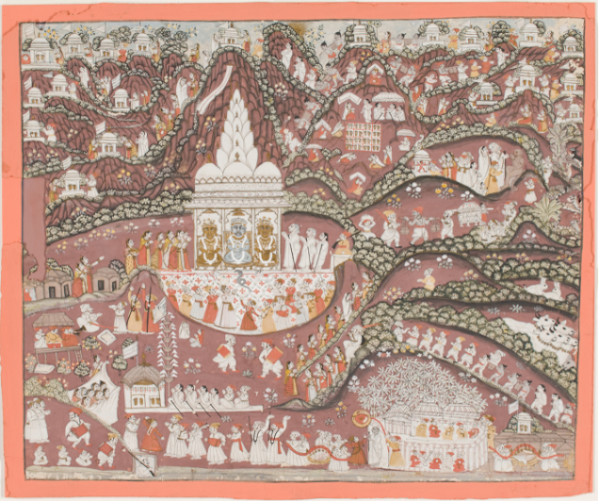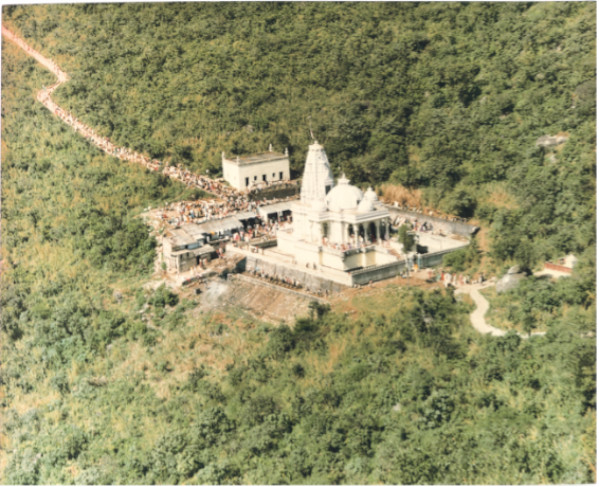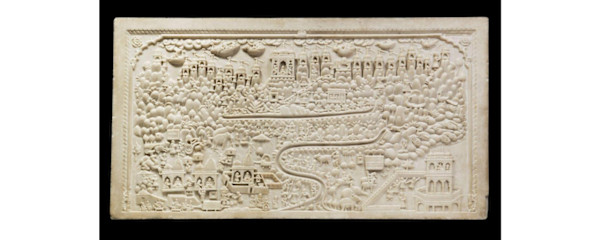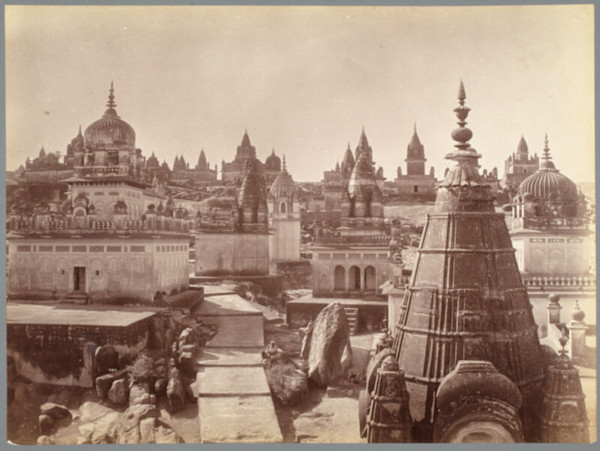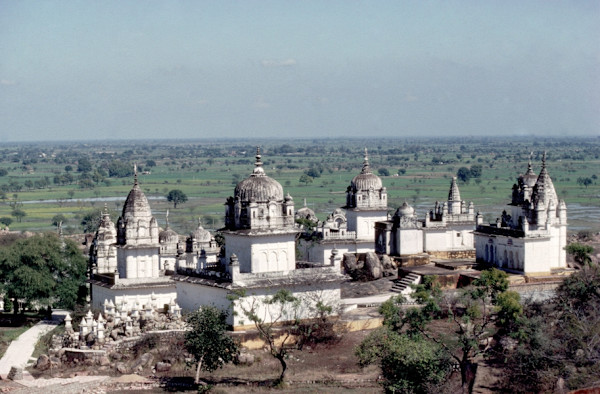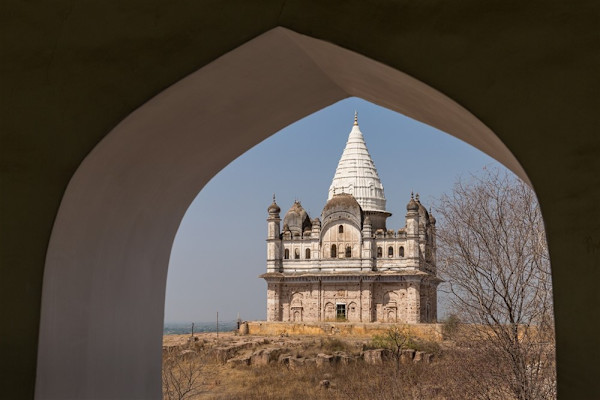Temple Cities x
Tirthas or Jain holy places are linked to the attainment of enlightenment or liberation by a Jina and other venerable ascetics. Pilgrimage sites may also be formed as a result of commemorating miraculously discovered Jina images or divine indications from intermediary Jain deities to build temples at a particular site. Some sites may be associated with other important events in a Jina’s life. Given the long history of the Jain tradition, many such sacred sites exist across the subcontinent and journeys to these places are believed to confer religious merit on the pilgrim. At some such holy sites, Jains built a multitude of temples and shrines in close proximity to each other, and these are referred to as temple-cities. Built over long periods of time, these temples display an amalgam of stylistic and regional traits. Developed out of clusters of temples, built within compounds and altered and expanded over time, these temple cities are generally located on hills. Humans cannot reside at most such sites but only visit during the day and leave before sundown.
Generally, a layperson, often at the behest of a monk, would lead the Jain community in the ritual of pilgrimage and provide for all the necessities entailed in the journey. Such patrons were called Sangha patis—leaders of the sangha—the four-fold Jain community of monks, nuns, laymen and laywomen, and tirtha patas (large scale paintings on cloth, or stone- called pattas) were sometimes commissioned to commemorate the pilgrimage and honor the patron. Some such cloth patas are displayed here. Although a long standing practice, in recent decades, imitations on a small scale of such holy sites have also been created in India and abroad. Many temples display stone/metal plaques or murals of holy sites on their walls to offer darshan (religious seeing) to visitors. Such representations in art and recreations of tirthas allow an opportunity for mental pilgrimage to those unable to visit the site and avail religious benefit. However, for non-image worshiping Jains, a journey made to visit a venerable ascetic is also considered a pilgrimage and the mendicant is considered a ‘moving tirtha’. Pilgrimage and religious giving is for the Jain laity a means of following the path laid down by the Jinas, especially the vow of non-possession as through charity in the form of alms, temple building, installation of images, copying manuscripts, organizing and going on pilgrimage, and veneration of the Jina and ascetics, Jains give up some of the wealth acquired while earning religious merit.
Amongst the Shvetambaras, a group of five holy places is considered the most important. These are Shatrunjaya, Abu, Girnar, Sammeta Shikhar and Ashtapada. Of these, Ashtapada is a legendary mountain (often associated with Mount Kailash in the Himalayas) where the first Jina, Rishabha, is believed to have achieved liberation. Girnar, Shatrunjaya and Sammeta Shikhara find the most representation in visual art like cloth, metal or stone plaques, and wall murals. Aligned to a geographical and sectarian pattern, malor Shvetambara tirthas are located in Rajasthan and Gujarat and Digambara ones in Karnataka and Maharashtra. Important Digambara tirthas include Shravana Belgola and Mudabidri in Karnataka. Tirthas like Pava near Patna in Bihar (associated with Mahavira’s death) and Sammeta Shikhar are sacred to both Shvetambaras and Digambaras.
